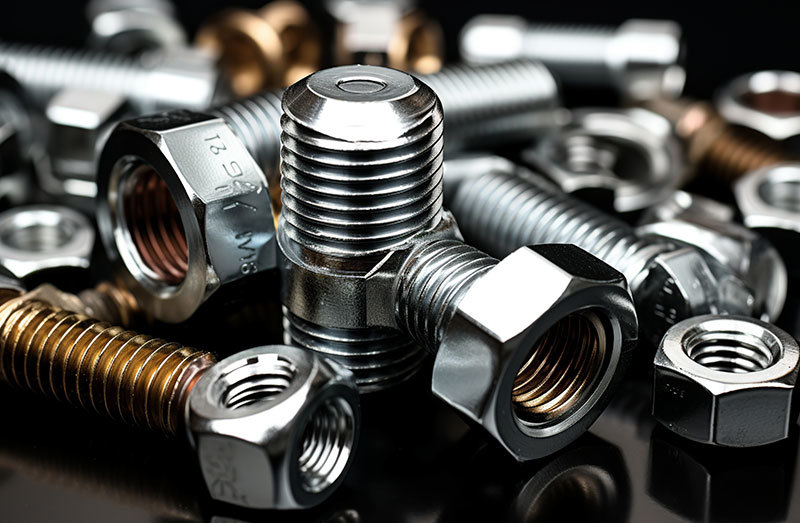Analysis of the problems of flanging wrinkling, stacking and cracking of stamping parts
Release time:
2023-11-29
In the design of automobile body stamping parts, twice flanging modeling is a very common design structure, which plays a role in increasing the matching welding lap surface of parts and improving the strength of parts. However, in the actual forming process of stamping parts, defects such as flanging wrinkling, flanging stacking and flanging cracking often occur in the two flanging structures, resulting in a decline in the quality of the parts. When the stamping parts of some key parts of the car body have the above problems, the strength of the car body will be reduced, and even endanger the safety of the occupants.
In the design of automobile body stamping parts, twice flanging modeling is a very common design structure, which plays a role in increasing the matching welding lap surface of parts and improving the strength of parts. However, in the actual forming process of stamping parts, defects such as flanging wrinkling, flanging stacking and flanging cracking often occur in the two flanging structures, resulting in a decline in the quality of the parts. When the stamping parts of some key parts of the car body have the above problems, the strength of the car body will be reduced, and even endanger the safety of the occupants.
In the design of stamping parts, there are mainly three types of flanging structures commonly used: flanging of the edge of the common flat plate part of the part; The edges of both sides of the part are bent and flanged inward at the same time. The edges of both sides of the part are folded outward at the same time.
For the bending and inward flanging structure, we usually adopt the forming process of bending and forming first, and then flanging and forming the flange surface. The usual defect is that the second flanging leads to wrinkling on the flange surface.
There are usually two forming methods for bending and outward flanging structure: one is drawing and flanging process, and the parts using this process are prone to flanging wrinkling defects on the flange surface of the back flanging; Another forming method is to first flanging once and then bending forming process twice. The stamping parts using this process are prone to edge cracking defects at the second bending part on the flange surface of the first flanging.
There are many reasons for the cracking of stamping parts, but the root cause is that the degree of stretching exceeds the strength limit that the material can withstand when the cracking part is formed, that is, the stretching amount of the material flowing in the forming process exceeds the maximum stretch rate allowed by the material.
For raw materials used for stamping production, there is no material stretching. When bending or flanging, the material close to the convex surface of the mold is usually not stretched, so for the structure of two flanging, when analyzing the risk of flanging edge cracking, it is only necessary to consider whether the material stretch of the flanging edge exceeds the maximum elongation of the selected material. To analyze whether the flanging edge of the stamping part is cracked, it is only necessary to calculate and analyze whether the tensile amount exceeds the maximum tensile rate allowed by the material.
In the actual product part design process, the flange surface flanging angle θ2 is related to the matching relationship between the parts, and the feasibility of adjustment during design is very small. The R angle R2 of flange surface flanging is required to be as small as possible. When the R2 value minus the material thickness value is about 2~5mm, it can basically meet the flanging requirements. The smaller the R2 value is, the larger the effective matching area of flange surface can be, and the matching quality of products can be improved.
Combined with the calculation formula, it can be seen that in order to reduce the stretch rate δ value of the material when flanging twice, the feasible design control measure of stamping parts is to reduce the length of the flanging part of the flange surface, that is, to reduce the h value. And increase the bending R angle, that is, increase the R1 value, but increase the bending R angle is easy to cause the stamping parts rebound defects.
Previous Article
Service Hotline:
E-mail:juxinda@jxdwasher.com
Whatsapp: 8615063542088
Address: Zhengjia Industrial Park, Liaocheng City, Shandong Province, China







